Is XRP a Stablecoin? Everything You Need to Know
Learn what XRP really is in our complete fundamental guide.
- XRP is not a stablecoin—it's a volatile cryptocurrency designed for fast cross-border payments on the XRP Ledger.
- Stablecoins maintain a fixed $1.00 value through dollar reserves, while XRP's price fluctuates based on market demand.
- Ripple launched RLUSD in December 2024 as its actual stablecoin, which works alongside XRP for different payment needs.
- XRP can settle transactions in 3-5 seconds with fees under $0.01, but its price can swing significantly unlike stablecoins.
- Understanding the difference between XRP and stablecoins helps you choose the right digital asset for trading or investing.
What Makes a Cryptocurrency a Stablecoin?
What Is XRP and How Does It Work?
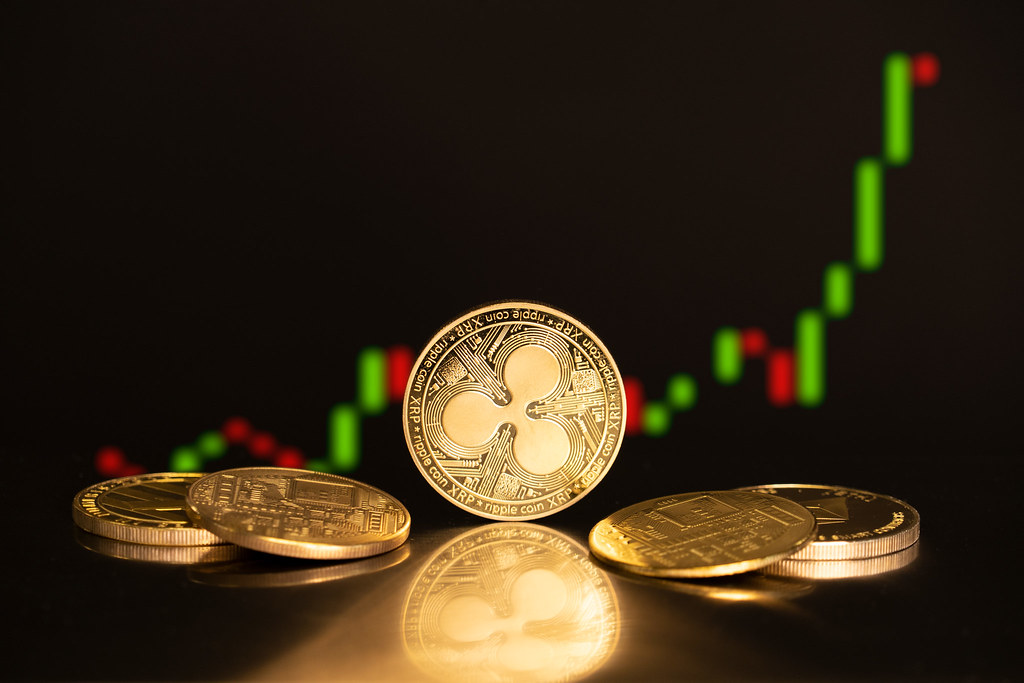
Is XRP a Stablecoin? Key Differences Explained
1. XRP vs Stablecoin Price Behavior
How does XRP compare to Bitcoin? Explore key differences.
2. Primary Function
3. Supply Mechanics
4. Real-World Use Cases
Wait, Doesn't Ripple Have a Stablecoin? (RLUSD Explained)
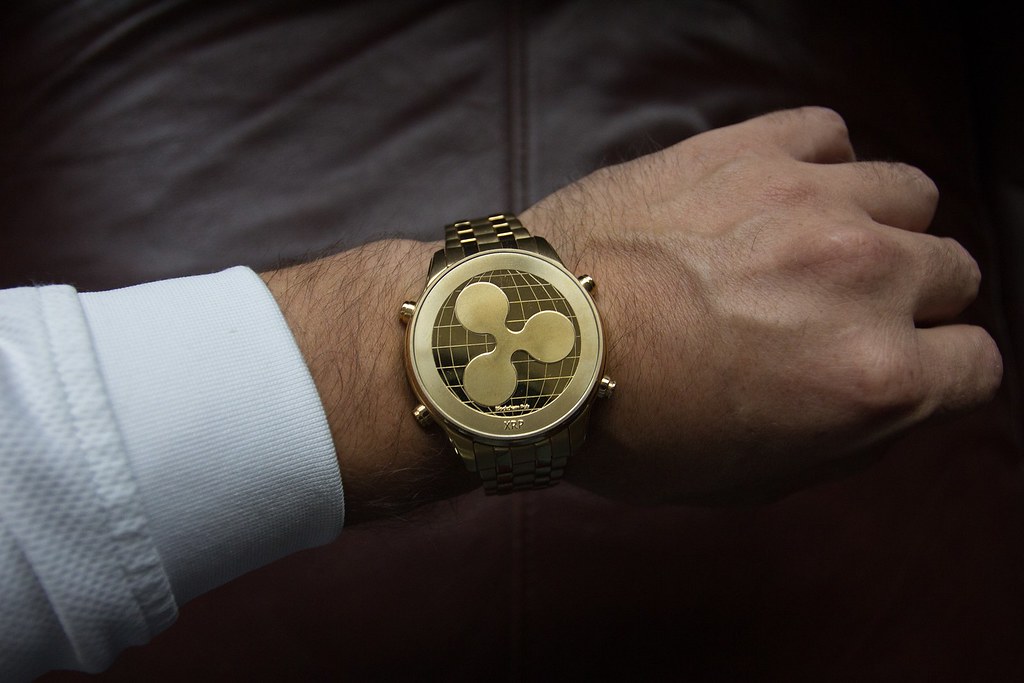
Why Is XRP Considered a Stablecoin by Some Investors?
What This Means for You as an Investor
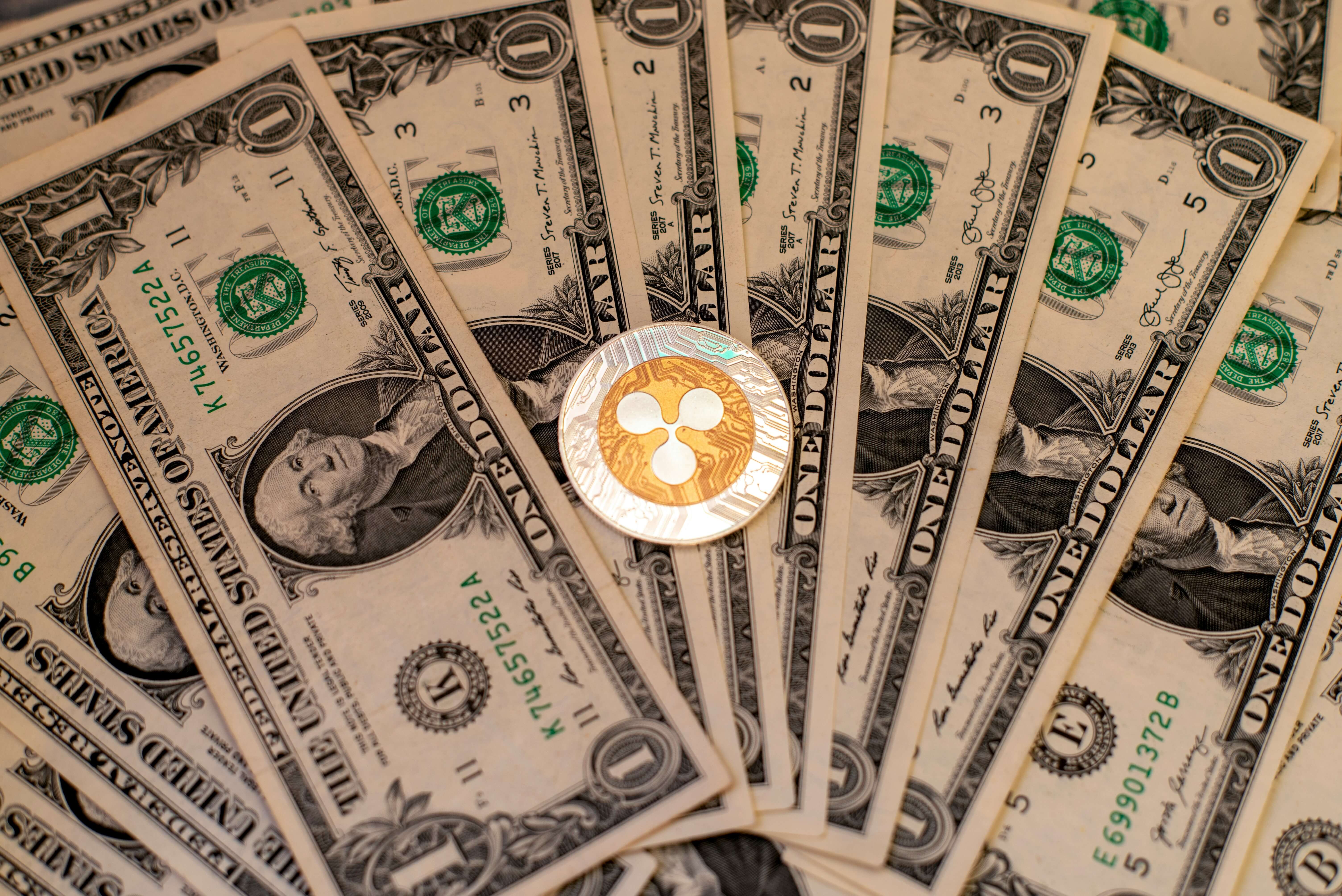
FAQ Section
Ready to discover XRP's use cases? Visit our comprehensive guide.
Conclusion
Popular Articles
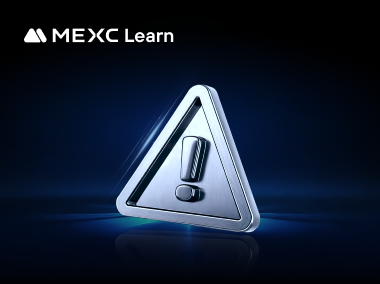
MEXC Copy Trading Service Agreement
This MEXC Copy Trading Service Agreement ("Agreement") is a contract between you ("you", "your" or "User") and MEXC ("we", "our", "us" or "MEXC"). It sets out the terms and conditions that governs you
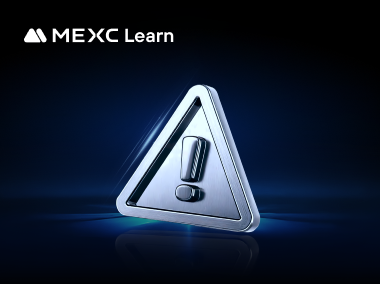
MEXC Copy Trading Service Agreement
This MEXC Copy Trading Service Agreement ("Agreement") is a contract between you ("you", "your" or "User") and MEXC ("we", "our", "us" or "MEXC"). It sets out the terms and conditions that governs you

How to Recover Funds Lost in ETH Transfer Scams? Step-by-Step Recovery Methods
Losing Ethereum to transfer scams is devastating, but recovery may still be possible if you act quickly.This guide walks you through the critical steps to take immediately after discovering fraud, fro

Is Ethereum a Stablecoin? The Truth About Ethereum and Stability
Many crypto newcomers wonder: is Ethereum a stablecoin? The short answer is no. Ethereum is a volatile cryptocurrency that powers decentralized applications, while stablecoins are designed to maintain
Hot Crypto Updates
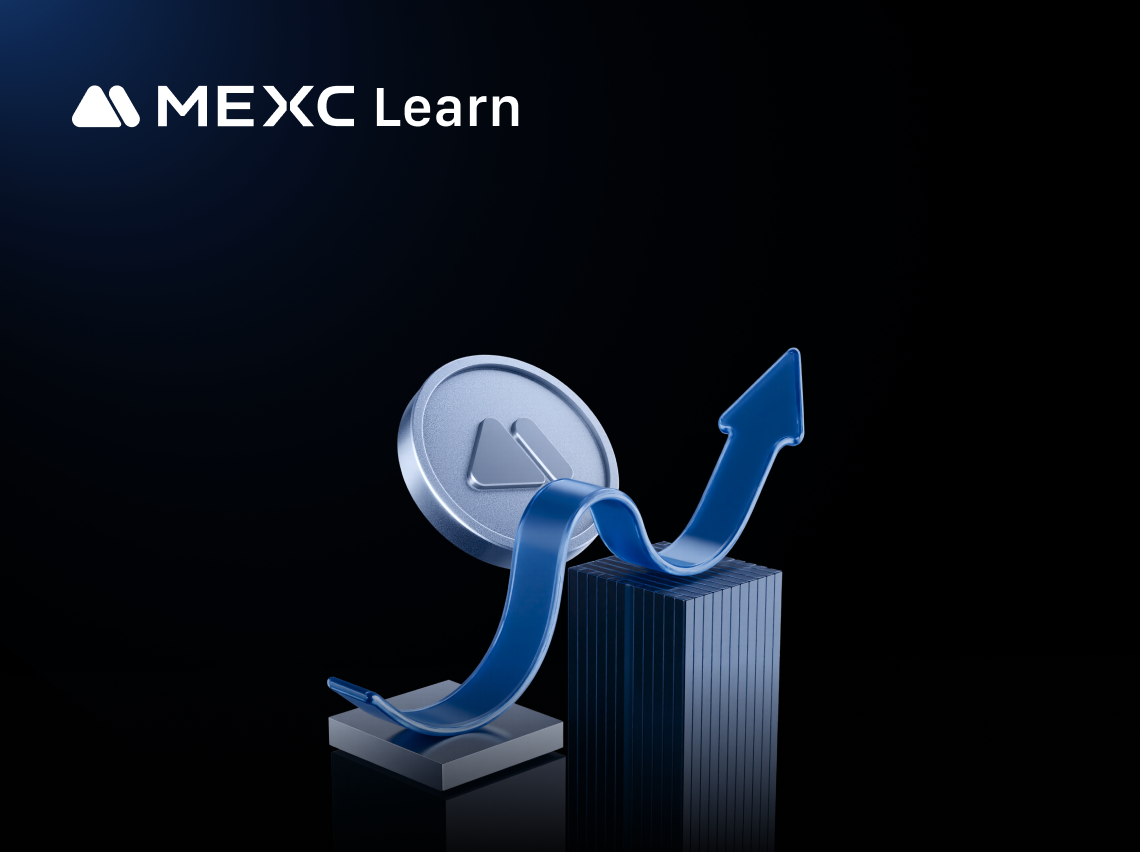
Dogecoin (DOGE) 7-day Price Change
The Latest Dogecoin (DOGE) price has shown significant movement over the past week. In this article, we'll examine its current Dogecoin price, 7-day DOGE price performance, and the market factors shap
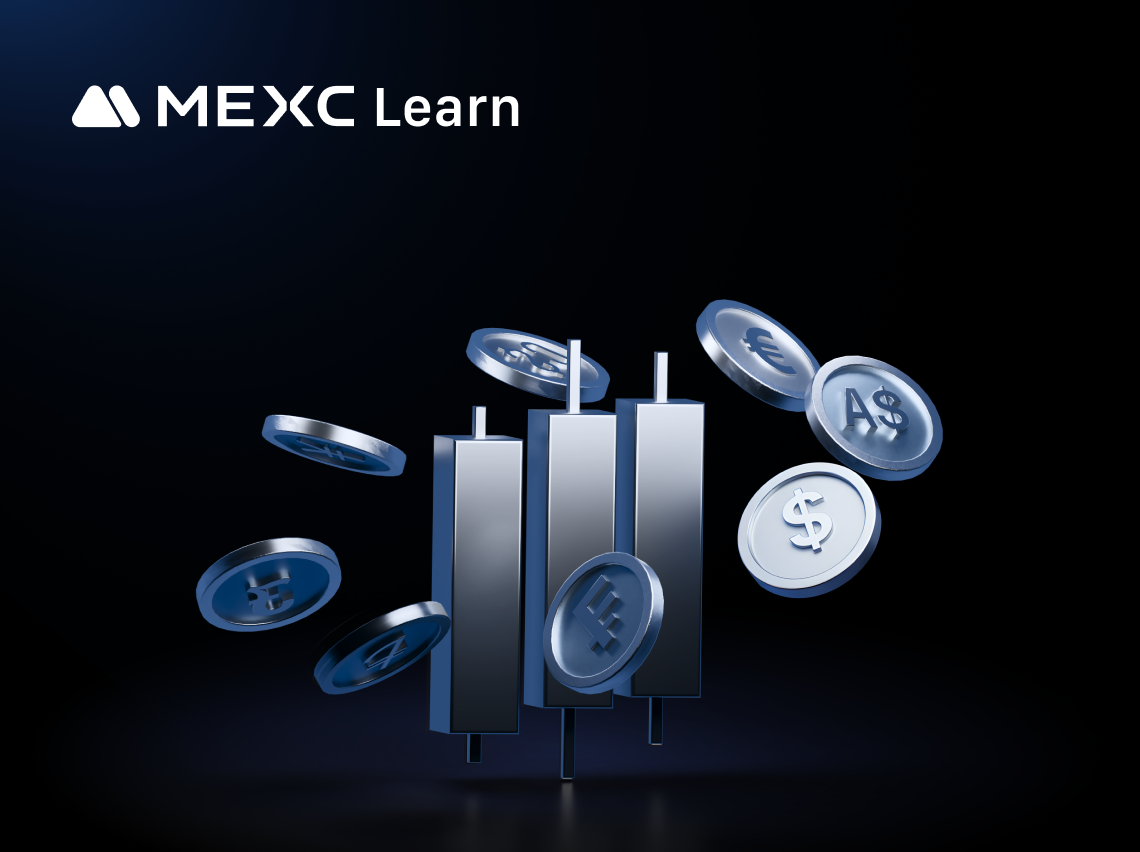
Dogecoin (DOGE) Price Prediction: Market Forecast and Analysis
Understanding the price prediction of Dogecoin (DOGE) gives traders and investors a forward-looking perspective on potential market trends. Dogecoin price predictions aren't guarantees, but they provi

Dogecoin (DOGE) Short-Term Price Prediction
Introduction to DOGE Short-Term Price PredictionsIn the fast-paced world of cryptocurrency trading, short-term price predictions can help traders identify opportunities in daily, weekly, and monthly t
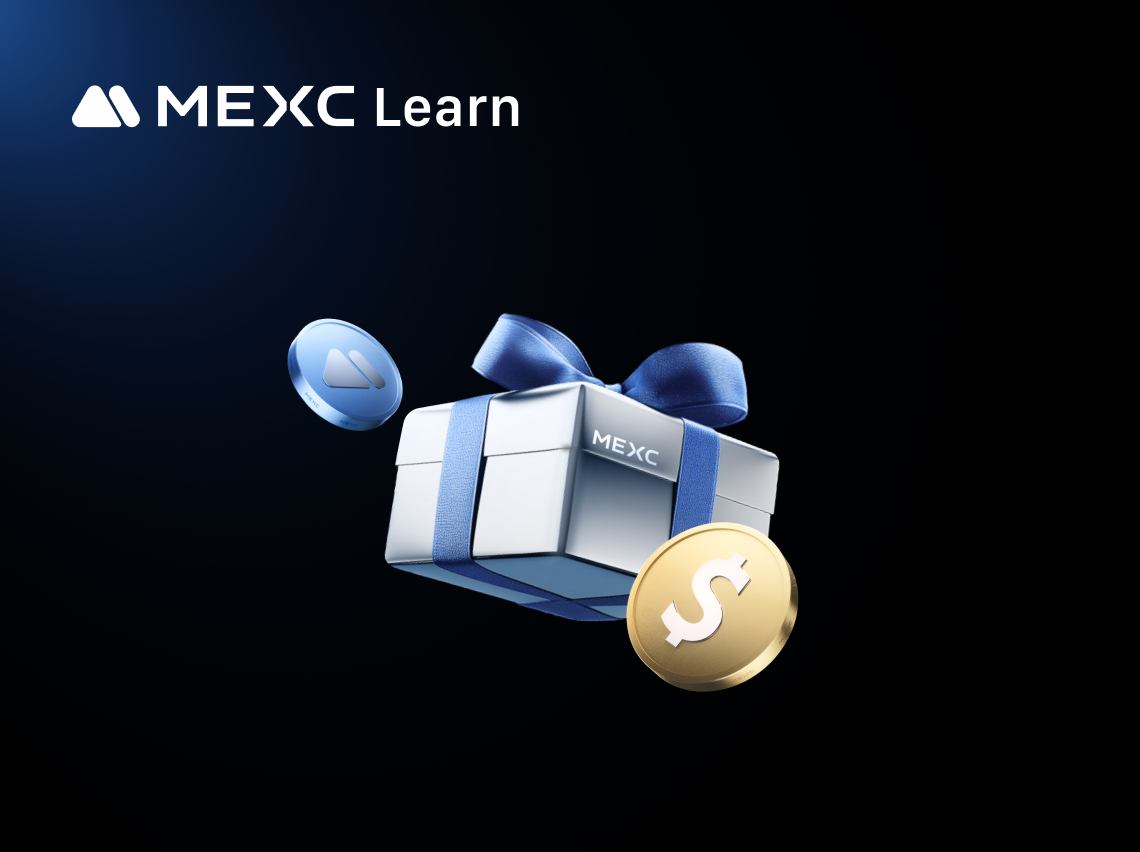
Dogecoin (DOGE) Latest Price: Fresh Market Updates
The crypto market changes minute by minute, and the latest Dogecoin (DOGE) price offers the most up-to-date snapshot of its value.[2] In this article, we highlight the newest movements, fresh data fro
Trending News

Sberbank explores crypto-backed loans as Russia softens stance on digital assets
Russian financial services giant Sberbank may soon start offering loans secured by cryptocurrency, one of its top executives unveiled. The news comes right

Why The Green Bay Packers Must Take The Cleveland Browns Seriously — As Hard As That Might Be
The post Why The Green Bay Packers Must Take The Cleveland Browns Seriously — As Hard As That Might Be appeared on BitcoinEthereumNews.com. Jordan Love and the Green Bay Packers are off to a 2-0 start

Understanding the Construction Industry Scheme
The Construction Industry Scheme, commonly known as CIS, is a tax system used in the UK construction sector. It sets out how payments made by contractors to subcontractors

Uphold’s Massive 1.59 Billion XRP Holdings Shocks Community, CEO Reveals The Real Owners
Uphold, a cloud-based digital financial service platform, has come under the spotlight after on-chain data confirmed that it safeguards approximately 1.59 billion XRP. According to Uphold’s Chief Exec
Related Articles

MEXC Copy Trading Service Agreement
This MEXC Copy Trading Service Agreement ("Agreement") is a contract between you ("you", "your" or "User") and MEXC ("we", "our", "us" or "MEXC"). It sets out the terms and conditions that governs you

MEXC Copy Trading Service Agreement
This MEXC Copy Trading Service Agreement ("Agreement") is a contract between you ("you", "your" or "User") and MEXC ("we", "our", "us" or "MEXC"). It sets out the terms and conditions that governs you

How to Recover Funds Lost in ETH Transfer Scams? Step-by-Step Recovery Methods
Losing Ethereum to transfer scams is devastating, but recovery may still be possible if you act quickly.This guide walks you through the critical steps to take immediately after discovering fraud, fro

Is Ethereum a Stablecoin? The Truth About Ethereum and Stability
Many crypto newcomers wonder: is Ethereum a stablecoin? The short answer is no. Ethereum is a volatile cryptocurrency that powers decentralized applications, while stablecoins are designed to maintain
